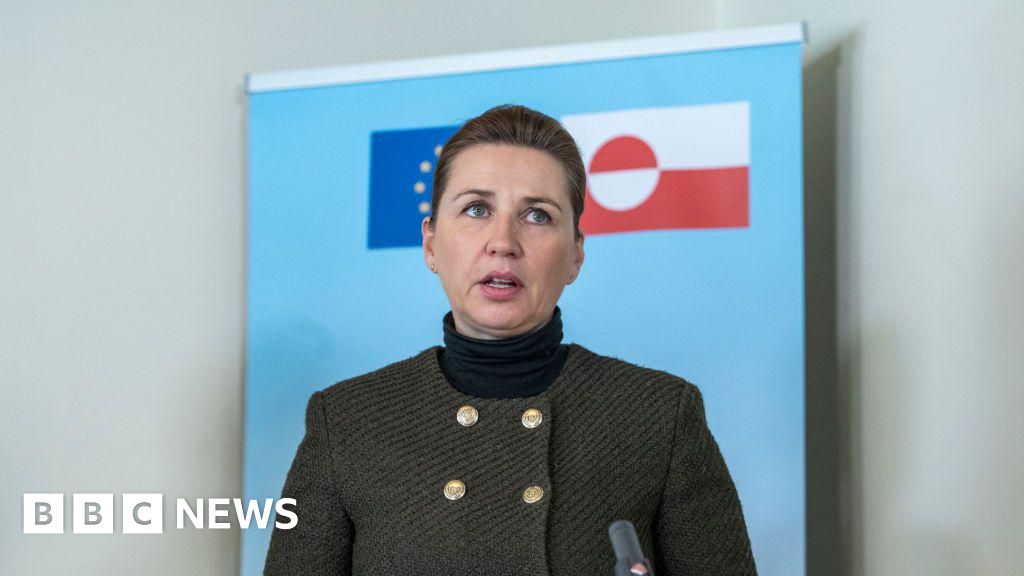Data issued by the Saudi Ministry of Finance yesterday, Wednesday, showed that the Kingdom recorded a budget deficit amounting to 35.8 billion riyals ($9.54 billion) in the third quarter of the year.
The Ministry of Finance said, in an update regarding the budget, that the deficit for the first 9 months of the year amounted to 44 billion riyals ($11.7 billion).
The country – the world’s largest oil exporter – recorded a budget surplus of approximately $30 billion in 2022 after high crude prices last year boosted government revenues by 31%.
But the decline in prices and the extension of the voluntary reduction in crude oil production this year – a reduction that the Kingdom says is a proactive step to stabilize the markets – affected oil revenues, and cast a shadow on growth.
Financial details
- Total revenues in the third quarter amounted to 258.5 billion riyals, a decrease of 14% year-on-year.
- Oil revenues represented 147 billion riyals of the total, down 36% from the same period in 2022.
- In contrast, non-oil revenues amounted to 111.5 billion riyals, an increase of 53% over the same period last year.
Saudi Arabia is implementing an economic transformation plan known as the Kingdom’s Vision 2030, which makes the expansion of the private sector and the growth of the non-oil sector the center of the Kingdom’s future development program.
The growth of the non-oil sector is expected to reach about 6% in 2023, despite the significant slowdown in overall growth, at a time when high government spending in the coming years is expected to boost domestic demand and support the non-oil GDP.
Total spending in the third quarter recorded 294 billion riyals, an increase of 2% over the same period last year, supported by a huge increase in spending on grants.
But spending on support represented half of the quarterly expenditures of the previous year.
Total revenues in the first 9 months of the year decreased by 10%, while total spending in the same period increased by 12%.






